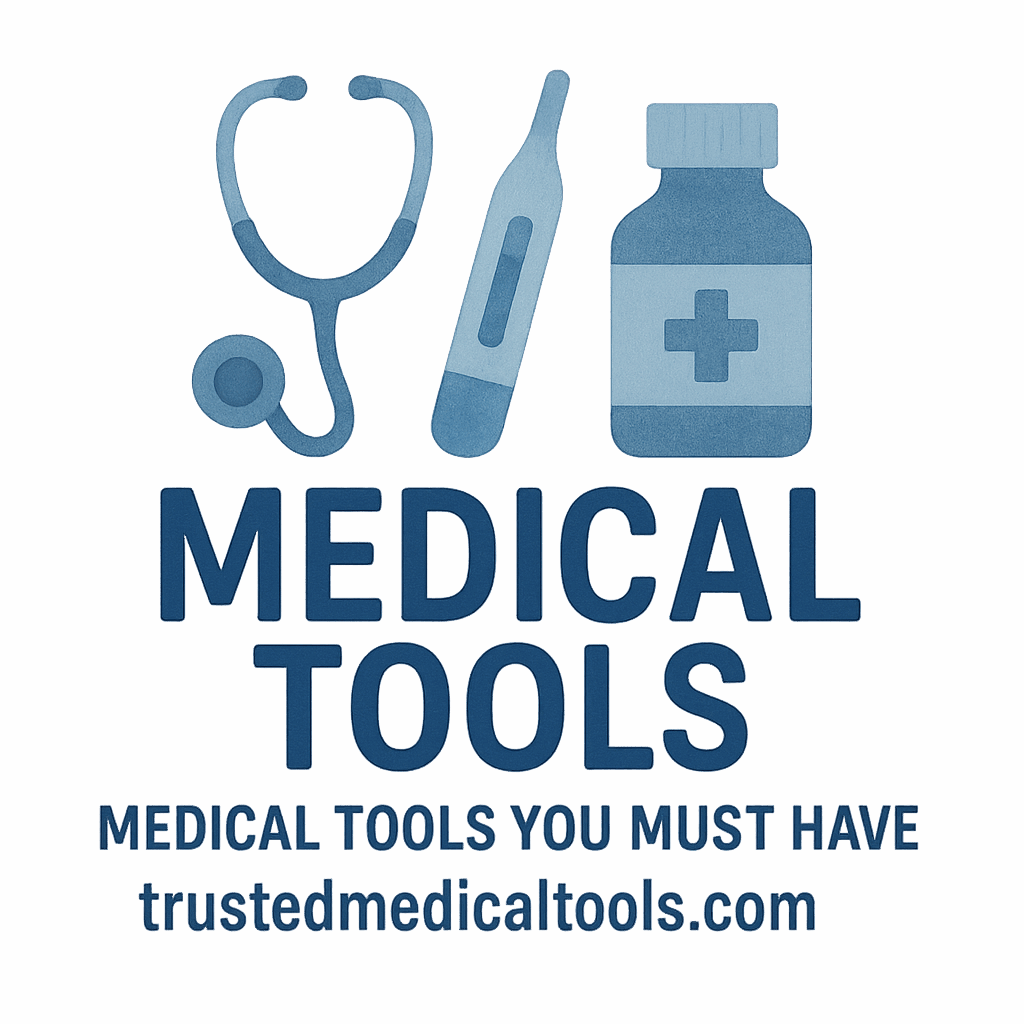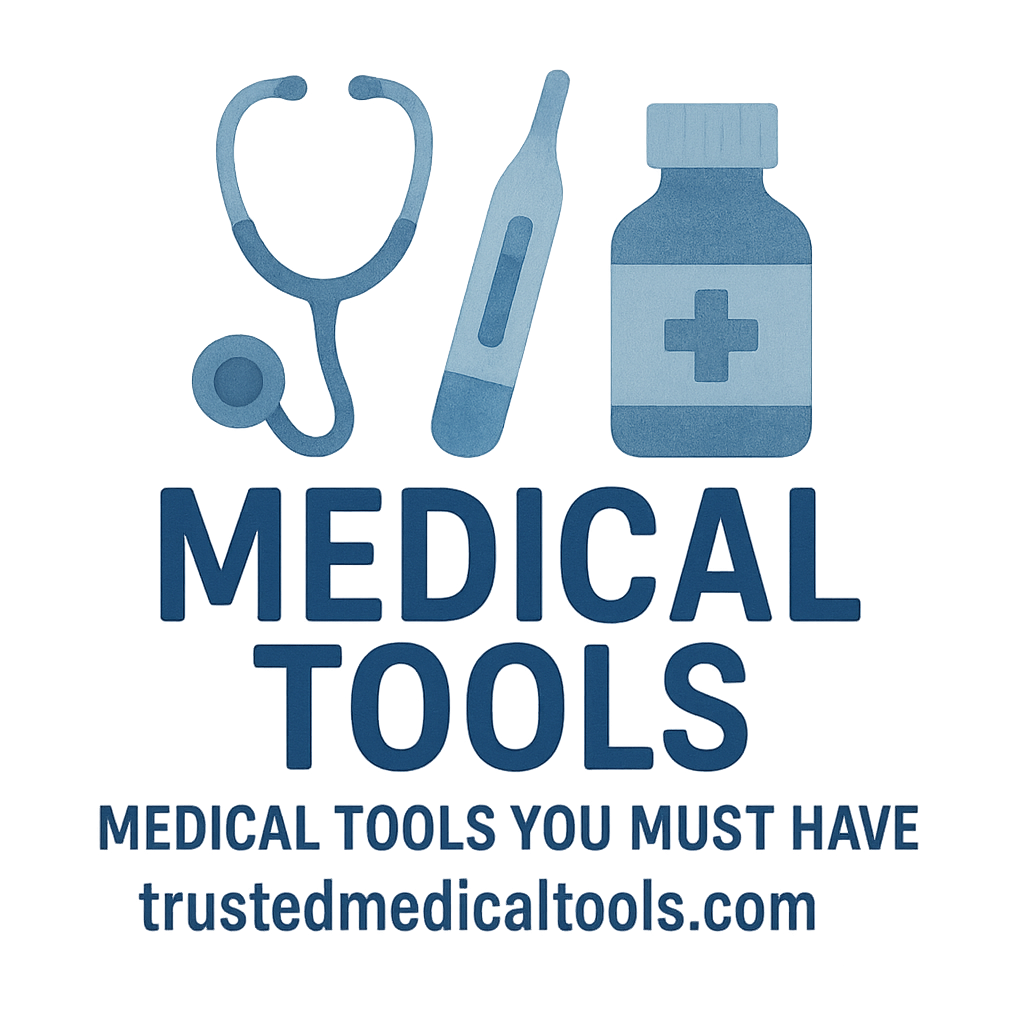Introduction
As health education becomes an increasingly essential part of the home-school curriculum, integrating medical tools into lessons can make learning both practical and insightful. Whether you’re teaching a young student about the circulatory system or helping a teenager understand the importance of wellness checks, certain medical tools can make all the difference. These tools not only make the concepts come alive but also provide hands-on learning opportunities that foster a deeper understanding of health.
Why Home School Health Education is Important
Home school health education plays a vital role in equipping students with the knowledge and skills to manage their own health. In a world where understanding health can directly impact one’s quality of life, teaching essential medical concepts from an early age is crucial. Including practical tools that are easy to use and understand helps bridge the gap between theoretical knowledge and real-world applications. This is where medical tools, when integrated correctly, can become invaluable in a home school setting.
What Makes Medical Tools Essential in Home Health Education?
Using medical tools at home can enhance the learning experience by providing tangible examples of abstract concepts. They allow students to actively participate in health checks, understand their own bodies, and observe physiological processes firsthand. The role of medical tools in home education is to promote both awareness and responsibility in personal health care.
The Role of Practical Tools in Teaching Health Concepts
Practical tools make abstract concepts, such as heart rate or body temperature, easier to understand by demonstrating how they work in real life. These tools can engage students in a variety of educational settings—from basic biology lessons to advanced health science discussions. Here’s a look at eight medical tools that are particularly useful in home school health education.
1. Digital Thermometers: Essential for Monitoring Health
Digital thermometers are a staple in every home, and they serve as a perfect starting point for teaching students about body temperature and its relation to health. These devices provide quick, accurate readings, making them ideal for educating children or adults about the importance of monitoring temperature during sickness.
How to Use Digital Thermometers in Home Education
Incorporating a digital thermometer into your curriculum can introduce students to the basic concept of fever and its role in fighting infection. You can simulate various scenarios in which body temperature plays a crucial role in diagnosing conditions like the flu, infections, or even heatstroke.
Recommended Digital Thermometers for Home Use
A few recommended options for home education include:
- ThermoPro TP03 Digital Thermometer
- Vicks ComfortFlex Digital Thermometer
- Kinsa Smart Thermometer
These are all user-friendly, accurate, and affordable.
2. Blood Pressure Monitors: Teaching Heart Health
Blood pressure monitors are critical tools for teaching students about cardiovascular health. These devices help to measure the force of blood against the walls of arteries, which is vital in understanding heart function.
How Blood Pressure Monitors Help Students Understand Heart Function
Teaching students about heart health can begin with simple lessons about how blood pressure is measured and its importance in maintaining a healthy heart. Using a blood pressure monitor allows students to observe how readings fluctuate based on physical activity, stress, or illness.
Best Blood Pressure Monitors for Home Education
Some top picks include:
- Omron Platinum Blood Pressure Monitor
- Withings BPM Connect
- GreaterGoods Blood Pressure Monitor
These devices are accurate, simple to use, and provide valuable hands-on experience.
3. Stethoscopes: A Gateway to Understanding the Body’s Sounds
A stethoscope is one of the most iconic medical tools, and it’s an excellent instrument for teaching students about body sounds like heartbeats and lung functions.
How Stethoscopes Are Used in Teaching Body Sounds
Students can use stethoscopes to listen to heartbeats, lung sounds, and even bowel movements, giving them a deeper understanding of how the body works. This hands-on learning experience makes it easier to explain concepts like blood flow and respiratory health.
Top Stethoscopes for Home Use in Health Education
Consider these stethoscopes for educational purposes:
- 3M Littmann Classic III Stethoscope
- ADC Adscope 615 Stethoscope
- Omron Sprague Rappaport Stethoscope
These stethoscopes are durable, effective, and ideal for educational use.

4. First-Aid Kits: Essential for Safety in Health Education
First-Aid Kits are a critical component of any home health education. Knowing how to treat common injuries or illnesses is an essential life skill.
Why First-Aid Kits are a Must for Home Schooling
Including a first-aid kit in your home school curriculum teaches students about safety, basic medical treatment, and when to seek professional help. Students can learn to recognize symptoms, stop bleeding, or treat minor burns.
Key Items Every First-Aid Kit Should Contain
Some essential items include:
- Band-aids and gauze
- Antiseptic wipes
- Tweezers for removing splinters
- A thermometer
- Tweezers and scissors
For more detailed guidance on first-aid kits, visit Trusted Medical Tools First Aid Guide.
5. Pulse Oximeters: Teaching Respiratory Health
Pulse oximeters are small, portable devices used to measure the oxygen saturation level in the blood. They are especially useful in teaching students about respiratory health and the importance of oxygen for body functions.
How Pulse Oximeters Help Teach About Oxygen Levels and Breathing
By using pulse oximeters, students can directly observe how their oxygen levels change with physical activity, illness, or even deep breathing exercises. This is a practical way to learn about the importance of breathing, the effects of exercise on the body, and conditions like asthma.
Recommended Pulse Oximeters for Home Health Education
Check out these options:
- Wellue Pulse Oximeter
- Zacurate Pro Series Pulse Oximeter
- Mibest Fingertip Pulse Oximeter
These models are reliable and easy to use for educational purposes.
6. Home ECG Monitors: Understanding Heart Rhythms
Home ECG monitors are useful for teaching students about heart rhythms and how electrical signals control the heart.
Using Home ECG Monitors to Teach Heart Health
With an ECG monitor, students can observe and learn how heart rates are measured and how arrhythmias (irregular heartbeats) affect the body. This tool can enhance lessons on how the heart functions and what happens when the rhythm is off.
Best Home ECG Monitors for Health Education
Top options include:
- KardiaMobile 6L ECG Monitor
- AliveCor KardiaMobile
- iHealth ECG Monitor
7. Glucometers: Teaching About Blood Sugar and Diabetes
Glucometers are important tools for teaching students about diabetes, blood sugar management, and the vital role that diet plays in overall health.
Why Glucometers Are Key Tools for Health Education
By using a glucometer, students can understand how blood sugar levels fluctuate after eating certain foods, during exercise, or in response to stress. This hands-on tool is essential for understanding diabetes and the importance of maintaining healthy blood sugar levels.
Top Glucometers for Home Use in Educational Settings
Consider these glucometers for use in the classroom:
- Accu-Chek Guide
- Freestyle Libre 2
- OneTouch Verio Flex
8. Thermometers and Health Monitoring Devices: Tracking Wellness
Finally, a combination of different health monitoring devices can help track various aspects of wellness, from temperature to heart rate and beyond.
The Importance of Wellness Monitoring in Home School Health Education
Using devices like fitness trackers, temperature sensors, and even home pulse oximeters can provide students with valuable data that they can analyze. This teaches them how to track their health over time and learn about wellness trends.
Best Monitoring Devices for Home Health Education
Some top devices include:
- Fitbit Charge 5 (for general wellness tracking)
- Garmin Vivosmart 4 (for heart rate and sleep tracking)
Conclusion
Teaching health education at home is made easier and more engaging with the right medical tools. These tools give students the hands-on experience they need to better understand their bodies, health, and well-being. Incorporating these tools into your curriculum not only makes lessons more interactive but also helps instill essential life skills that students will carry with them into adulthood.
Frequently Asked Questions (FAQs)
- What are the essential medical tools for home school health education?
- How can digital thermometers help in teaching students about fever?
- Why is it important to include first-aid kits in home school health education?
- What is the role of pulse oximeters in respiratory health education?
- Can a stethoscope be used for health education at home?
- What are the benefits of using a blood pressure monitor in teaching cardiovascular health?
- What are the best tools for teaching students about diabetes?
For more educational tools and health resources, check out Trusted Medical Tools for a wide range of products and educational guides.
Apakah Anda menyukai kepribadian ini?


